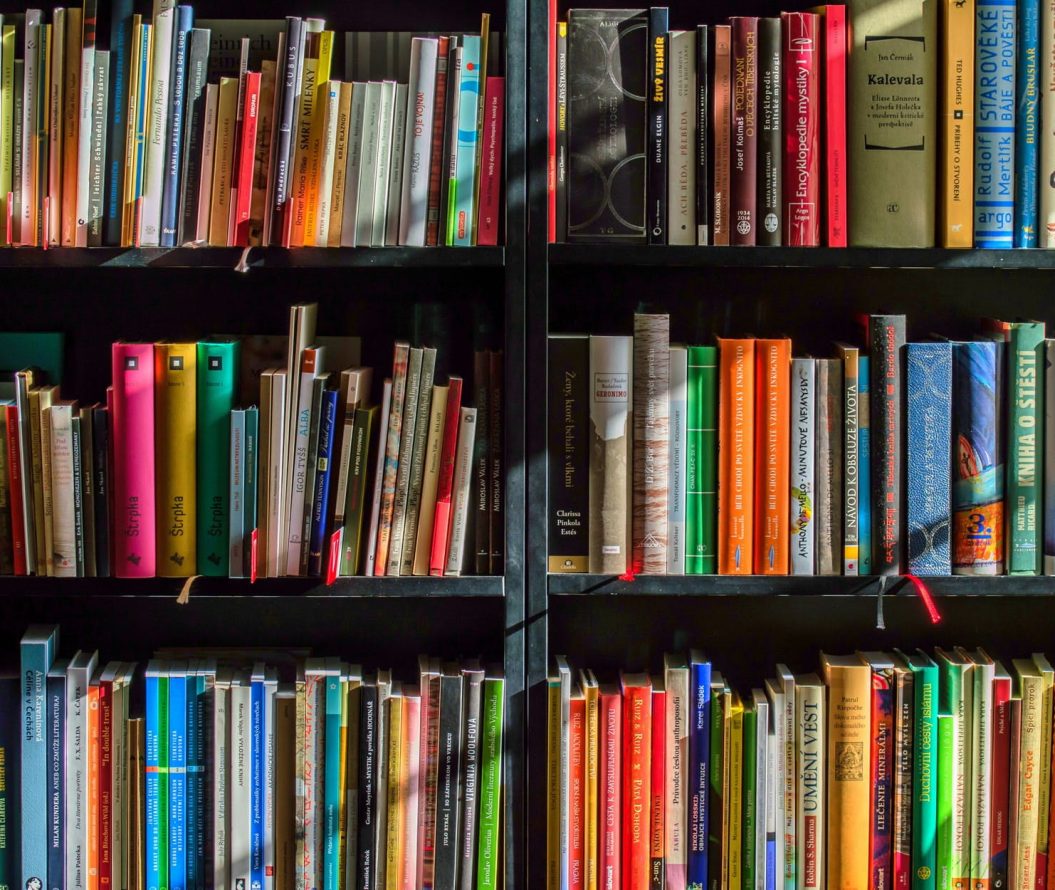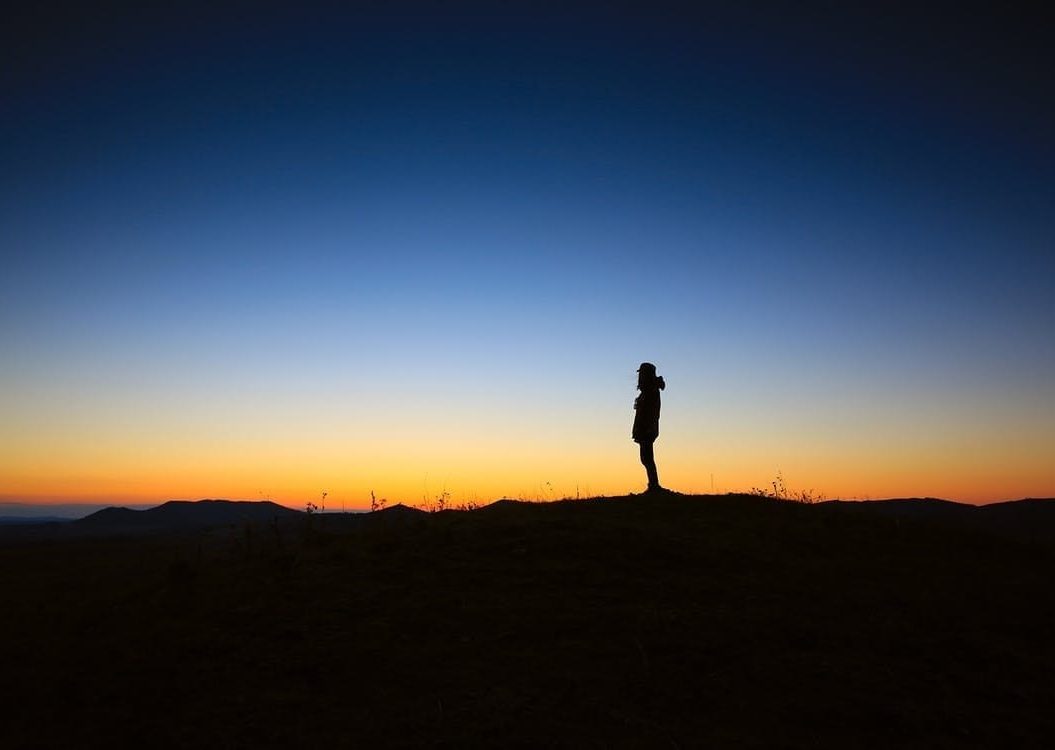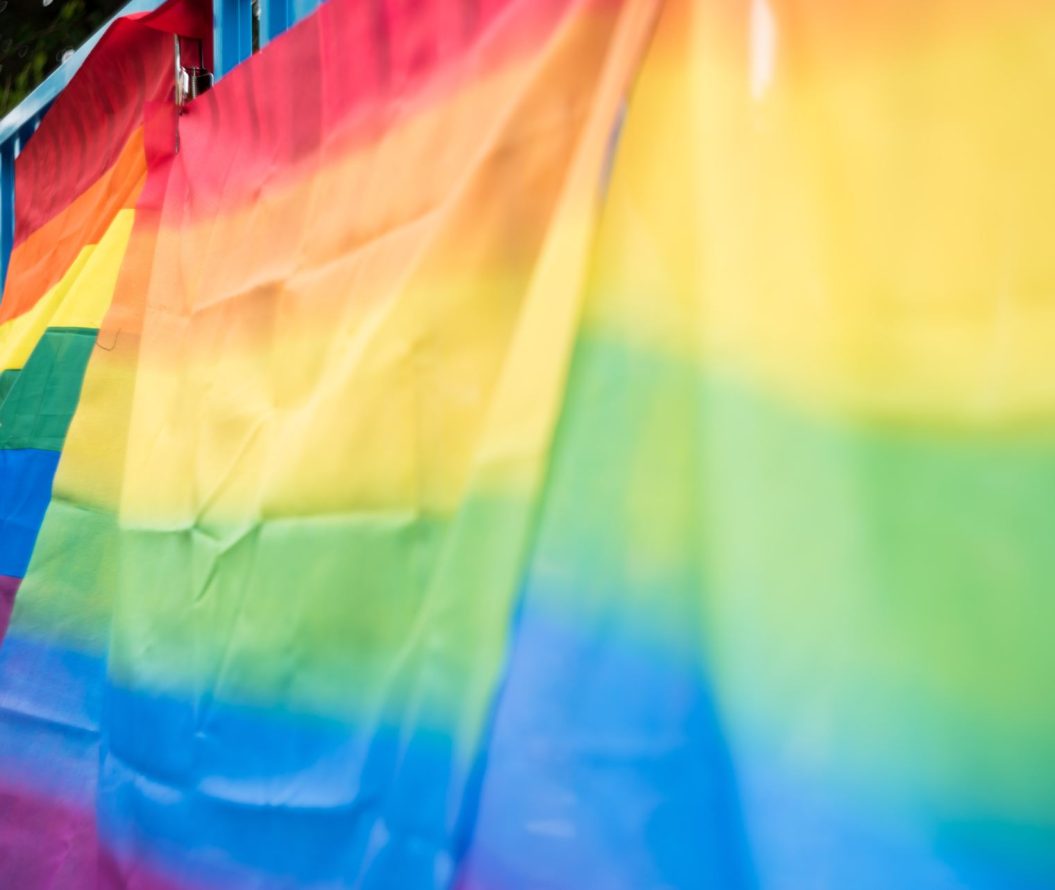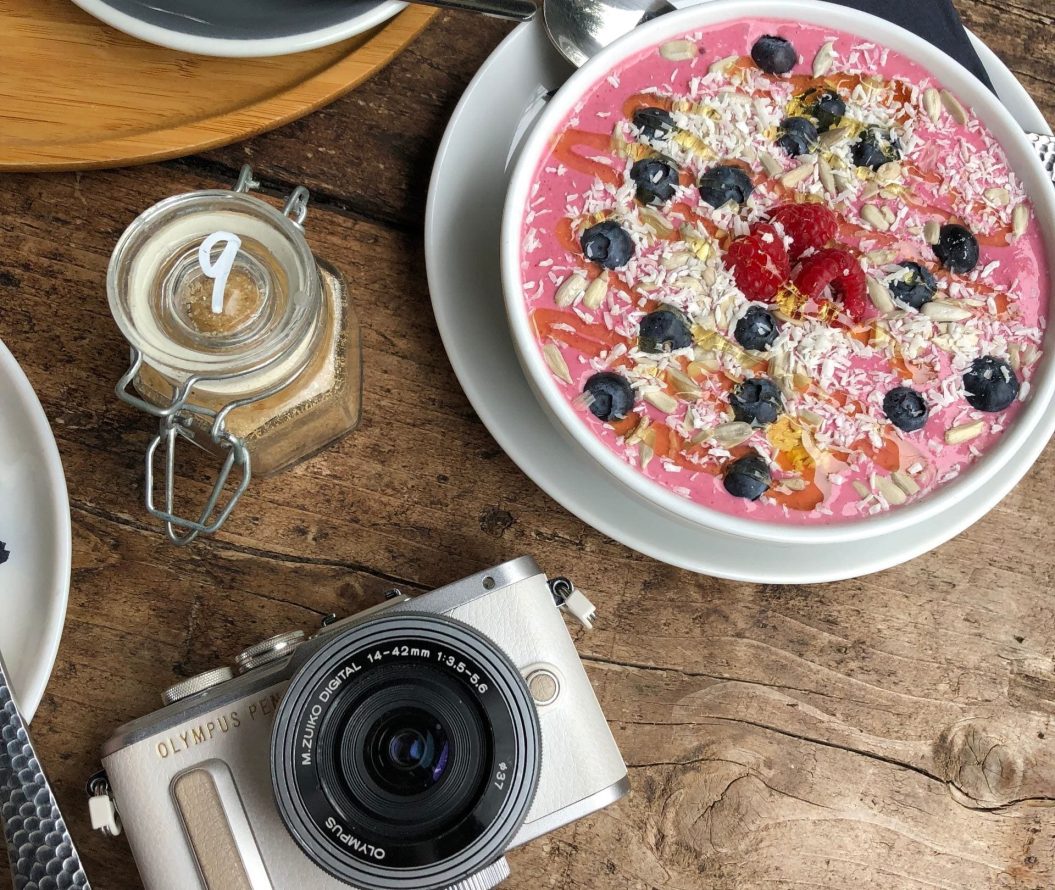Hi, I'm Sonali! I am a final year student studying a MChem Chemistry degree at the University of Lincoln. In my spare time I like singing, writing my own songs and playing badminton. I am also passionate about raising money…
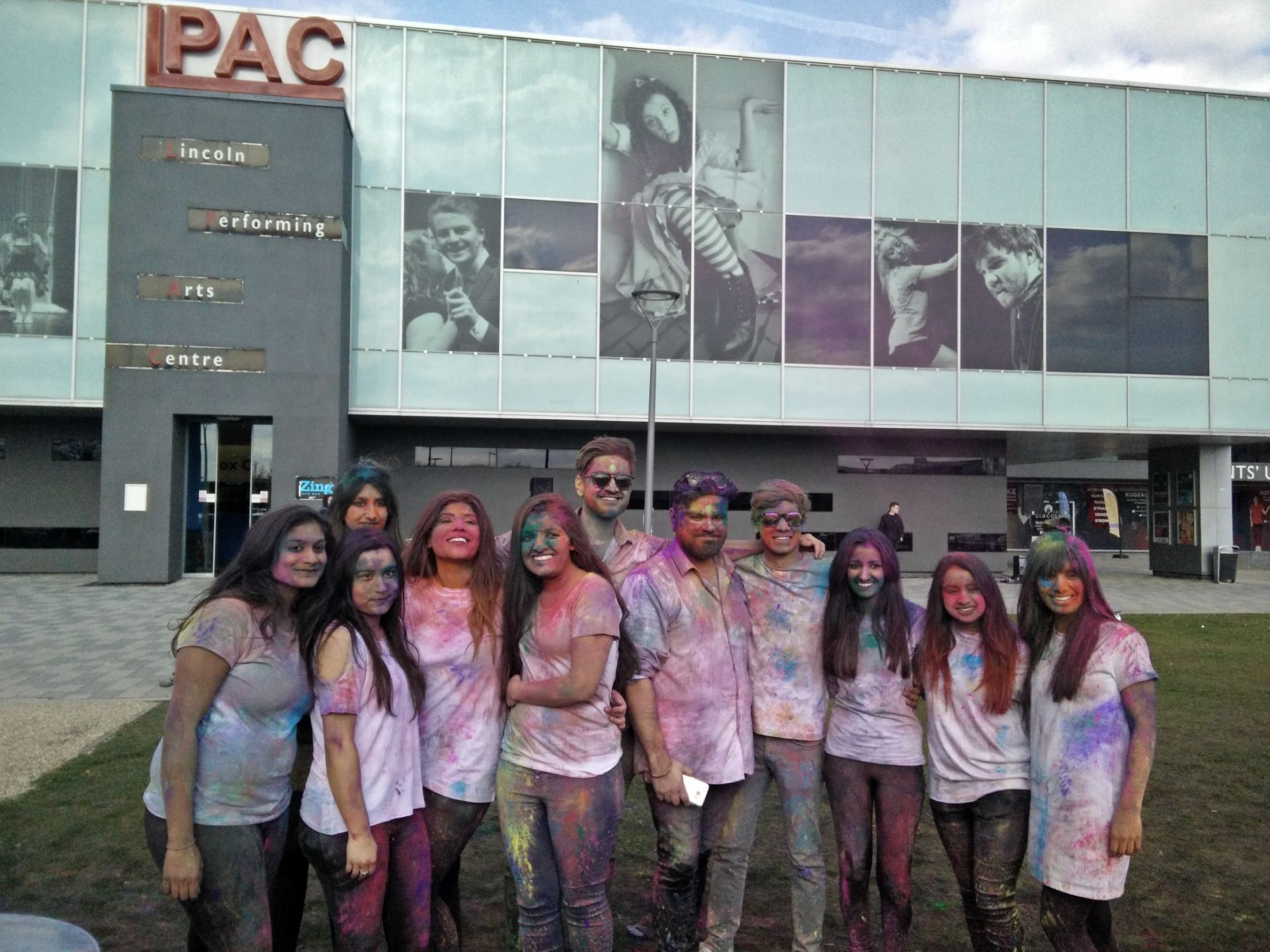
What is Holi?
Holi is one of the biggest festivals in the Hindu Calendar and is known as the ‘Festival of Colours’ and ‘Festival of Love’ where its origins are found in India. Holi has been celebrated for centuries in the Indian subcontinent and marks the beginning of spring after a long winter, symbolic of the triumph of good over evil whilst also celebrating the eternal and divine love of Goddess Radha and Lord Krishna. It is celebrated in March, corresponding to the month of Phalguna in the Hindu calendar.
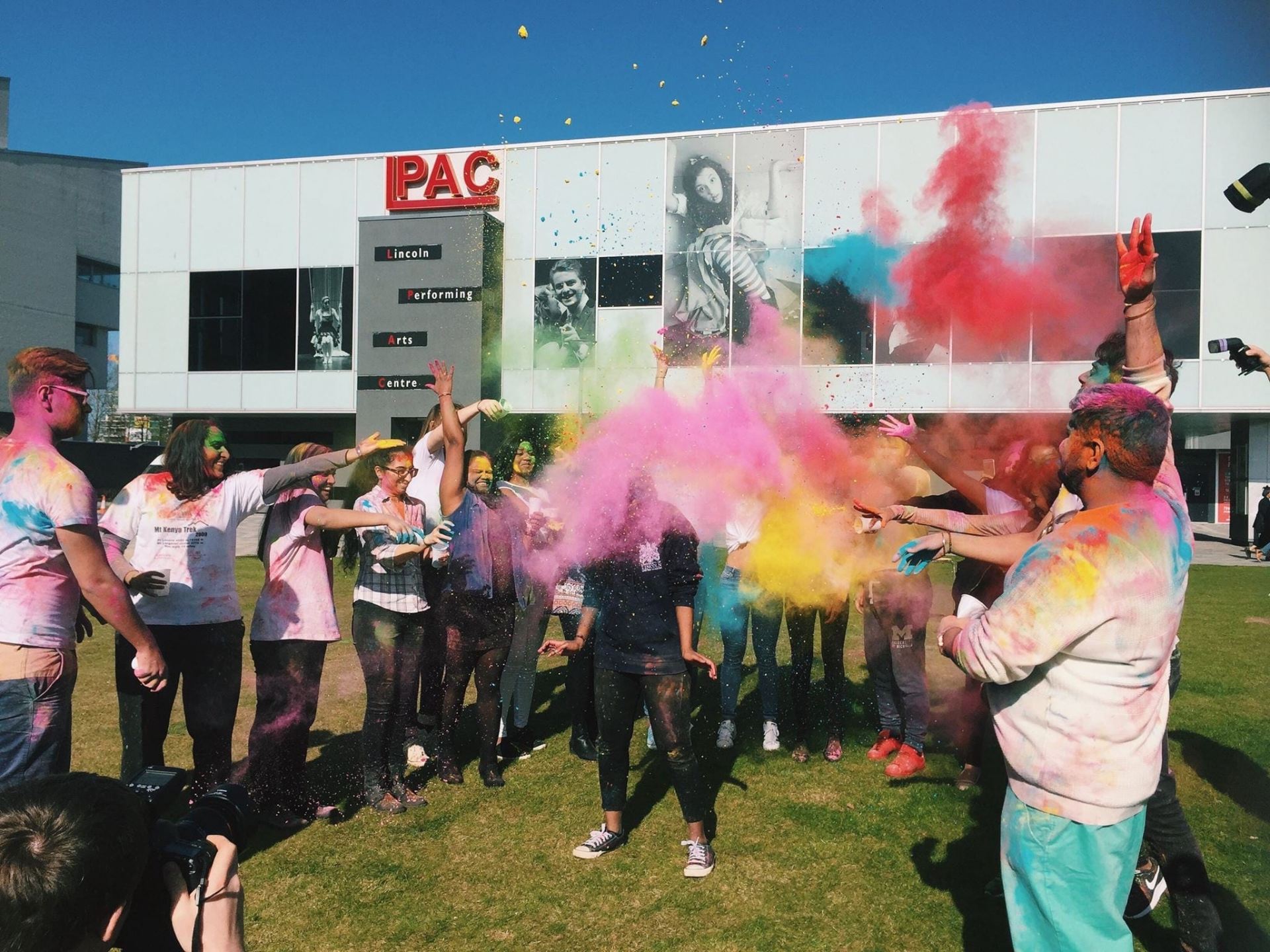
Why is Holi Celebrated?
The Holi festival is a celebration of the victory of good over evil, and in Hinduism, it is rooted in the story of Hiranyakashyap – an ancient King who claimed to be immortal and worshipped as God. His son Prahlad was devoted deeply to worshipping the deity Lord Vishnu. The evil king plotted with his sister Holika to kill his son. Holika, who was immune to fire, tricked Prahlad to sit in the pyre with her. When the pyre was lit, Prahlad’s devotion to Lord Vishnu helped him walk away while Holika was burned to death despite her immunity. This is where the festival of Holi derives its name from.
Holi is also celebrated in the memory of the devotional love of Lord Krishna and Goddess Radha. When Lord Krishna was a baby he acquired a distinctive blue skin colour after drinking the poisoned milk of Putana (“The killer of infants” sent by Lord Krishna’s evil uncle Kansa to kill him). Lord Krishna would often feel sad about whether the fair coloured Goddess Radha and other girls in the village would ever like him because of his skin colour. Lord Krishna’s mother asked him to go and apply colour to Goddess Radha’s face with any colour he desired. It is said that, when Lord Krishna applied colour to Radha’s face, the pair fell in love. Since then, people celebrate Holi by smearing each other with paint and throwing coloured water.

How is Holi Celebrated?
Large pyres are lit in many regions in India on the eve of Holi. People throw wood, twigs, dried leaves and popcorn into the pyre. After sunset, people gather around the pyre and perform puja (prayers), sing and dance around it to signify the burning of evil spirits.
On the day of Holi, the streets and towns are transformed into beautiful colours as people throw coloured powder into the air and at each other. People also splash water on each other by using water guns, balloons are also filled with coloured water and are thrown from rooftops.
Families gather together for festive meals and distribute sweets among their neighbours and friends.
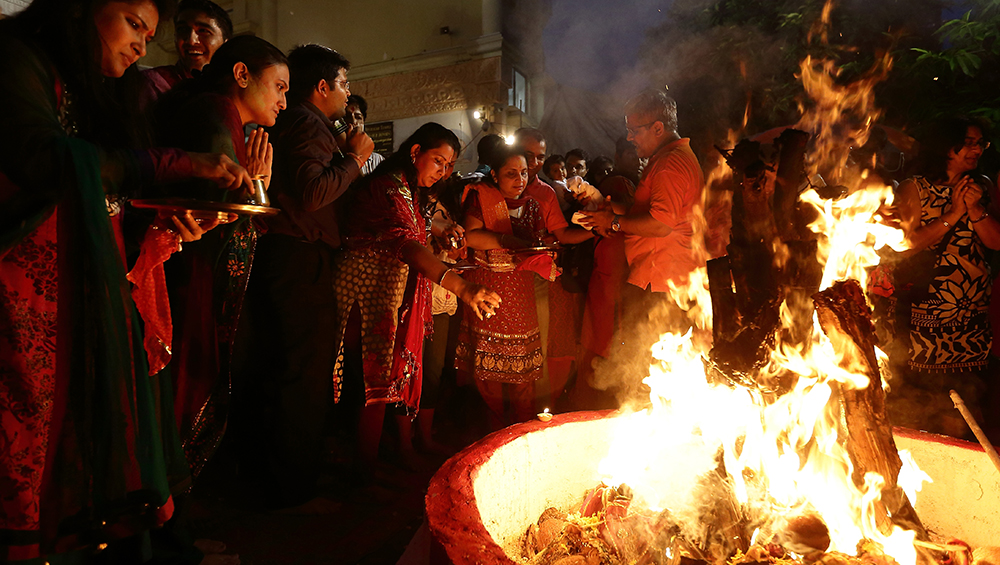
Where is Holi Mainly Celebrated?
It is mainly celebrated in India and Nepal but over the years it has grown to be a celebration in many communities all over the world. Holi is most widely celebrated in cities such as Delhi, Agra and Jaipur. Each city celebrates slightly differently where you can see plenty of colours, music and dancing.
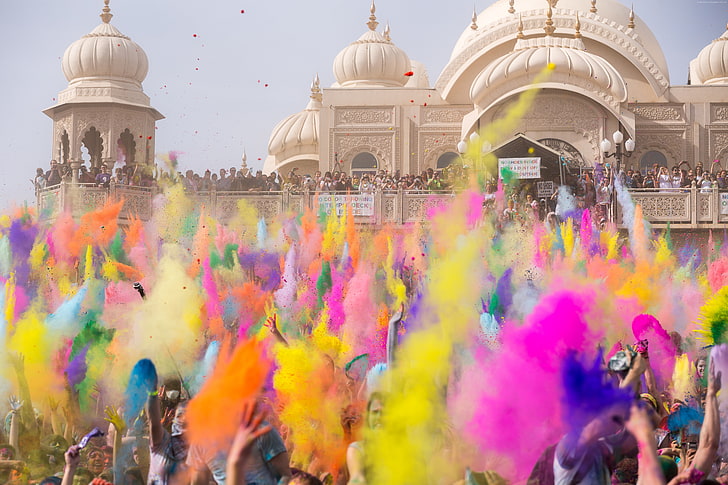
This year Holi will be celebrated on Friday 18th March 2022, although it varies each year.

